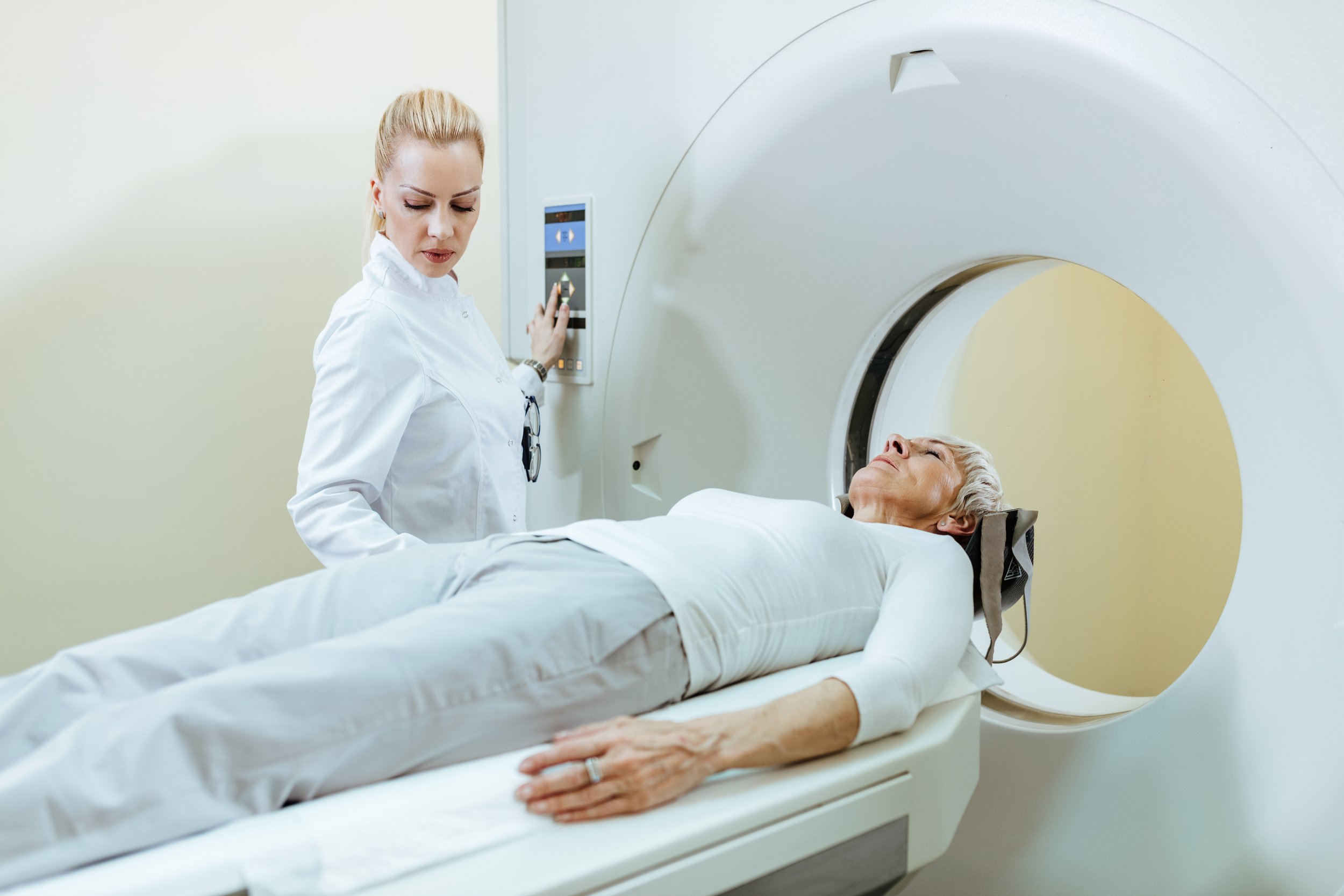Procurement Tips for Imaging Machines: A Guide for Medical Facilities
In the highly specialized world of medical imaging, the procurement of complex equipment such as MRI machines requires careful planning, technical understanding, and strategic decision-making. For hospital administrators, imaging center managers, and other key stakeholders, making an informed purchase can lead to significant improvements in patient care and operational efficiency. Below are essential tips to ensure a successful procurement process for imaging machines.
1. Define Your Clinical and Operational Requirements
Before engaging with vendors, it is critical to identify your facility’s specific needs. Consider the type of patients you serve, the imaging volume, and the range of clinical applications your MRI machine must support. For example, are you primarily conducting routine scans or advanced diagnostic imaging like cardiac MRIs? Knowing your requirements will help in selecting the right system, whether it’s a 1.5T machine for general imaging or a 3T system for high-resolution applications.
Operational factors, such as the available floor space and power supply in your facility, should also guide your selection. Assessing these details upfront prevents costly modifications later.
2. Prioritize Long-Term Total Cost of Ownership (TCO)
While the upfront cost of an MRI machine can be substantial, the long-term costs often prove more significant. Consider factors such as maintenance, service agreements, software upgrades, and energy consumption. Vendors may offer enticing initial discounts, but without evaluating service contracts and maintenance requirements, your facility may face unexpected expenses.
A thorough TCO analysis should also include the costs of spare parts, downtime, and staff training. Partnering with service providers who offer flexible maintenance contracts can help reduce long-term expenses and keep systems running efficiently.
3. Involve Key Stakeholders Early
Successful procurement requires collaboration between various departments. Radiologists, technologists, biomedical engineers, IT professionals, and finance teams all bring valuable insights. For example, radiologists can evaluate the system’s imaging capabilities, while biomedical engineers ensure compatibility with existing infrastructure and compliance with safety regulations.
Creating a multidisciplinary procurement team helps balance clinical needs with operational feasibility and budgetary constraints.
4. Evaluate Vendor Reputation and Support Services
Beyond evaluating the machine’s technical specifications, it is crucial to assess the vendor’s reputation for after-sales support. An unreliable vendor can lead to delays in maintenance, resulting in costly downtime. Research reviews, request references, and assess the vendor’s response time for service calls.
Ask about the availability of remote diagnostics, software patches, and emergency support services. A vendor with a robust service network can prevent operational disruptions and ensure optimal machine performance.
5. Consider Future Scalability and Upgradability
Healthcare technology evolves rapidly, and imaging machines are no exception. To protect your investment, choose systems that offer scalability and software upgrade paths. Modular designs and vendor-neutral solutions can provide flexibility, allowing your facility to adapt as clinical demands grow.
Additionally, ensure compatibility with emerging technologies such as AI-powered diagnostic tools and automated image processing systems. Forward-thinking procurement decisions can extend the lifespan of your machine and enhance its clinical value.
6. Focus on Regulatory Compliance and Safety
MRI machines must meet strict regulatory requirements, including shielding specifications and electromagnetic compatibility standards. Ensure that the vendor adheres to local and international regulations to maintain patient safety and imaging accuracy.
Work closely with your biomedical engineering team to validate that the system meets all safety standards, including noise level controls and non-ferrous construction to avoid magnetic interference.
Final Thoughts
Procuring an MRI machine is a significant investment that requires careful consideration of clinical needs, financial impact, and operational feasibility. By defining clear requirements, evaluating long-term costs, involving key stakeholders, and choosing a reliable vendor, you can ensure a smooth procurement process and long-term success.
For expert advice and tailored solutions in imaging equipment procurement, consider reaching out to Imaging Service Solutions (ISS). Our team is ready to help optimize your investment while ensuring you meet the highest standards in patient care and operational efficiency.







